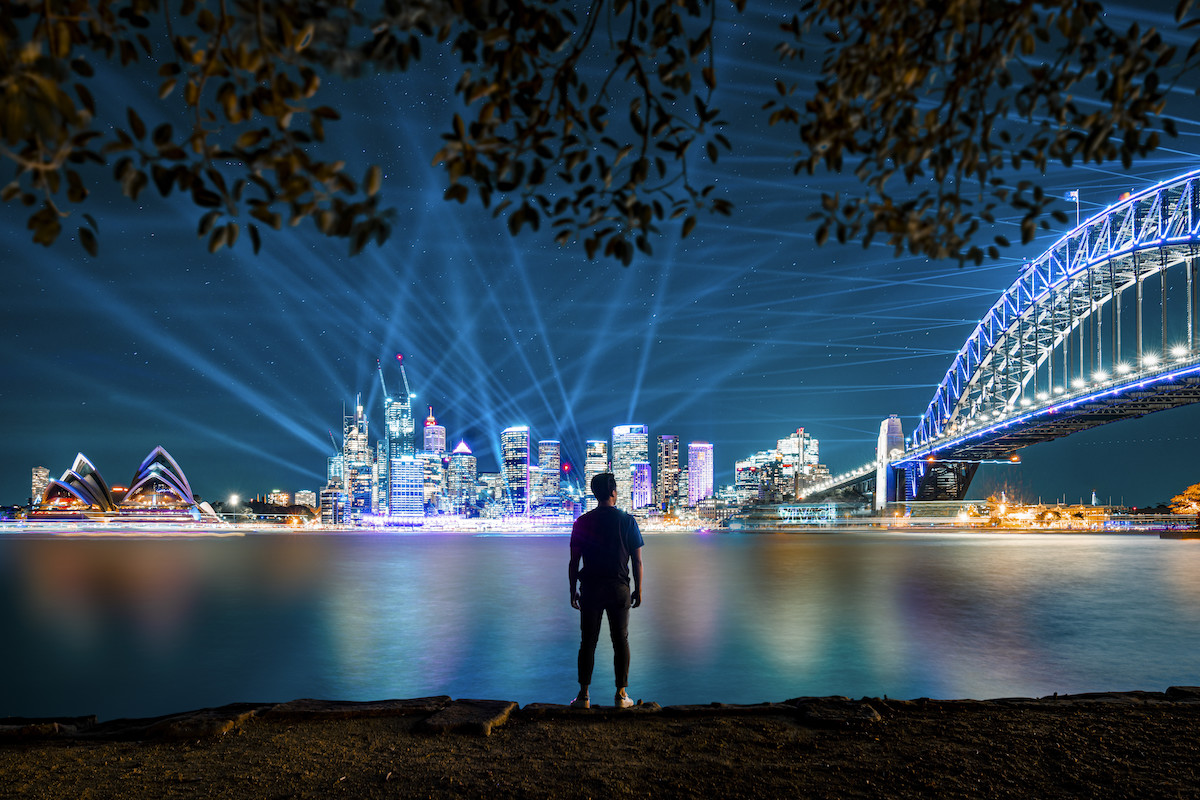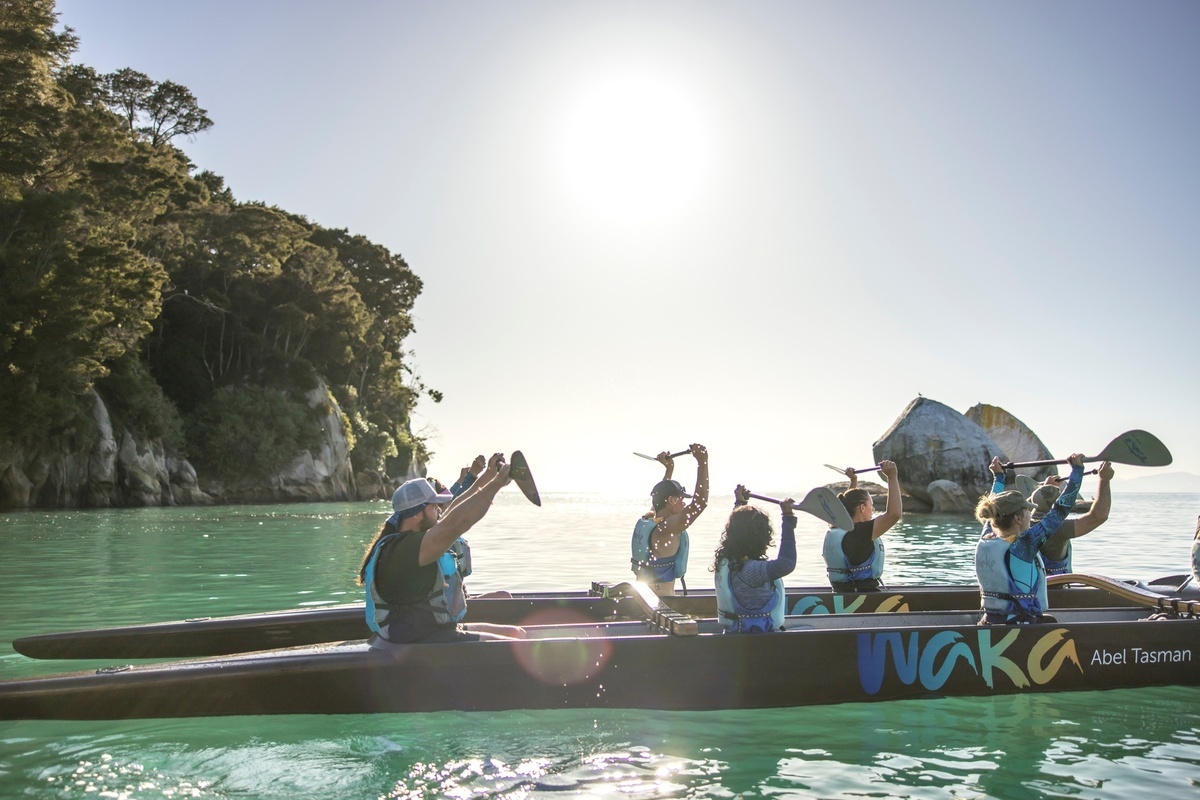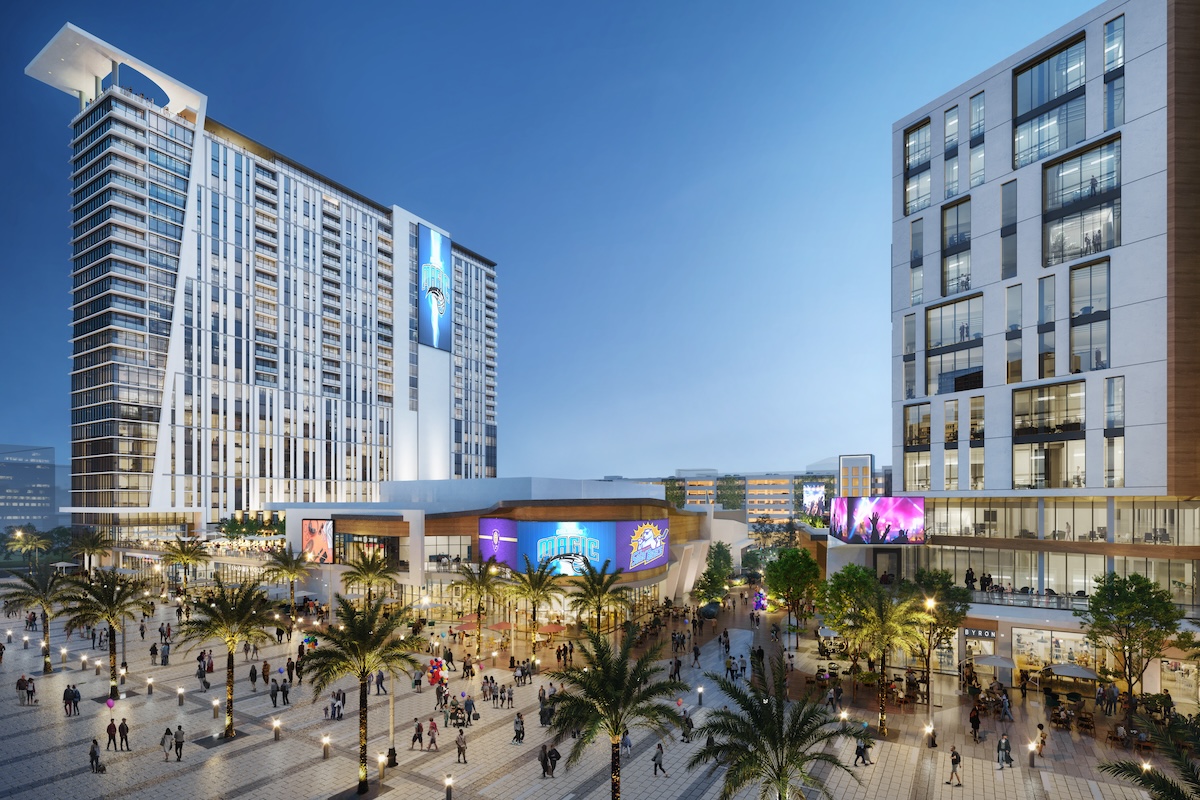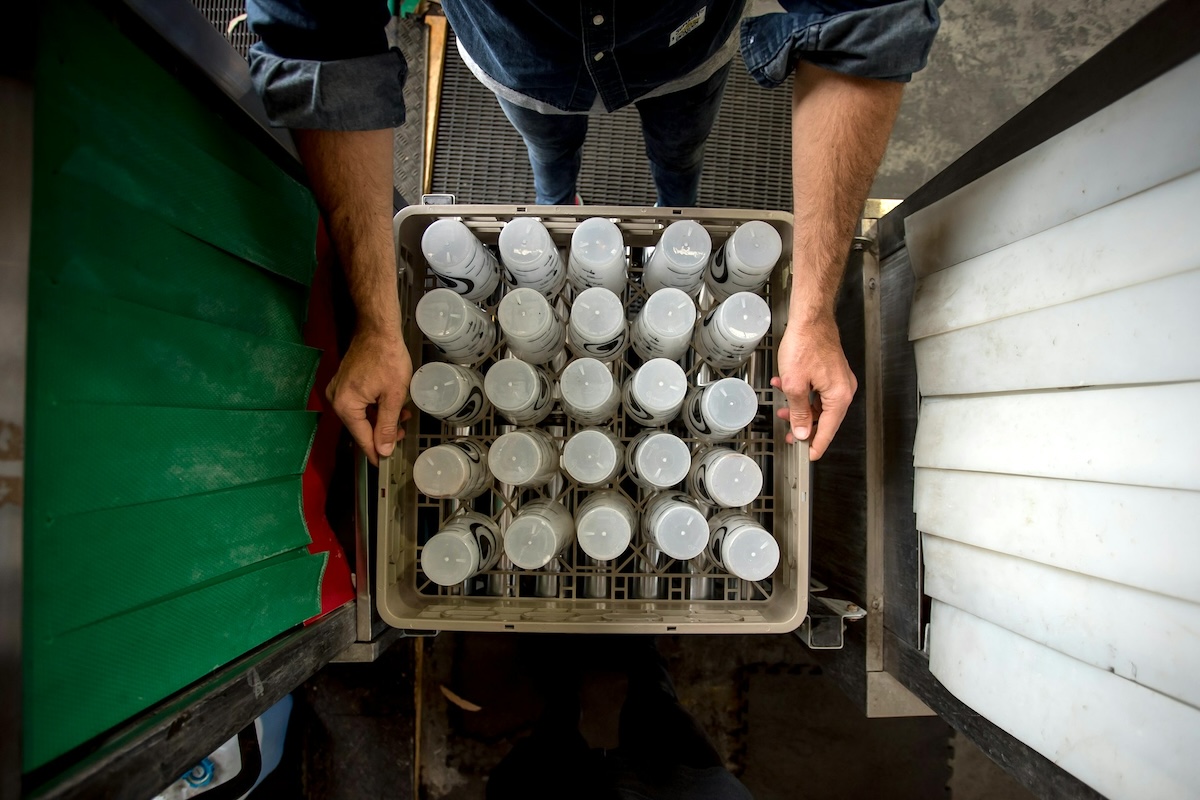Skift Take
Event organizers have the power to bring diverse groups together to create change for the better. Here are four ways to be a changemaker and leave an event legacy.
The event industry has a long history of driving positive changes in the world, but just as that call to action is getting louder, it’s also getting more difficult to take up the baton. Heightened geopolitical tensions, economic uncertainty, and concerns of a looming climate crisis often make it more difficult to look beyond the bottom line. At the same time, these very same factors make it that much more crucial for changemakers to push for a better world. Business events have a key role to play in this new era: They have the power to forge connections, fuel investments, and transform perspectives.
To uncover real-world examples that prove event planners can make a difference, Skift Meetings partnered with Business Events Sydney (BESydney) to produce a guide that’s equal parts inspiration and education — Calling All Changemakers: Create Positive Impact With Your Event. Here are four highlights from the report to get you started.
1. Incorporate a Human Rights Focus Into the Program
Does your business event include sessions dedicated to larger social issues, human rights, or other causes? Even the most business-oriented conference can benefit from a discussion around the ethical questions that help shape our society. One idea is to have a dedicated track within the program for these topics — or to develop an entire event themed around a key issue of social debate within your field.
For Sydney’s WorldPride 2023, organizers created a parallel event to run alongside the celebratory festivities: the Sydney WorldPride Human Rights Conference. Following in the footsteps of the Copenhagen WorldPride Human Rights Conference of 2021, Sydney’s event led with a clear mission for changemakers: Gather, dream, and amplify.


Following a six-month consultation process that collected input from over a thousand voices worldwide, the conference brought together 227 local and international speakers. It was a program built for and by the global LGBTQIA+ community. Further, organizers made sure to set concrete goals for key initiatives, in this way helping to establish next steps. Download the report to learn how these efforts culminated in a series of major government announcements.
2. Build Bridges to Funding
The reality is that it’s hard to make a difference in the world without the support of funding. The good news is that business events and conferences are prime opportunities to connect those with great ideas to those with pocket books. It’s a win-win situation: Investors get access to the greatest minds presenting and providing feedback on research (often yet to be published), and presenters have the opportunity to pitch their most promising work.
It was via a conference that Sydney researcher Dr. Pia Winberg was able to secure funding for her research on seaweed’s potential as a sustainable and nutritious solution to global food shortages.
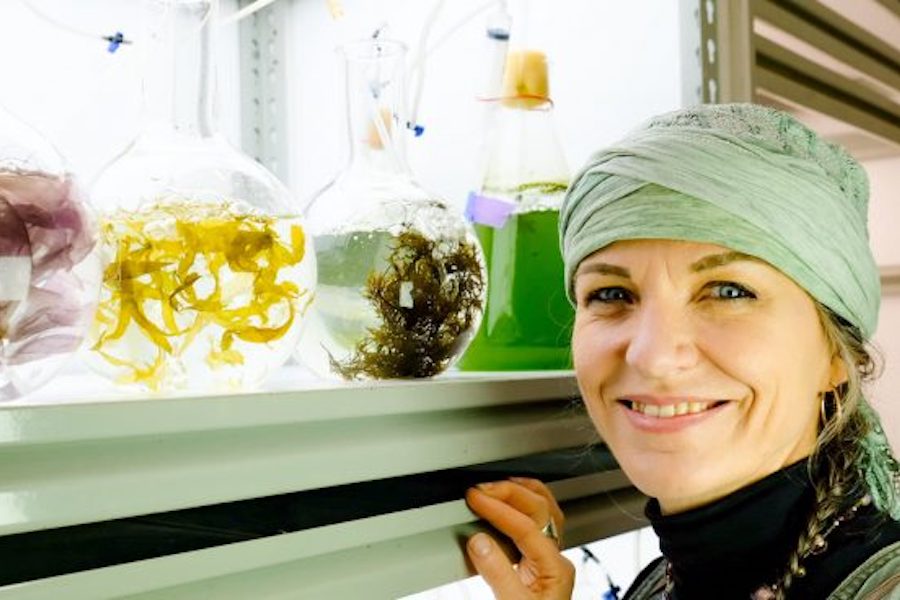

For organizers looking to make their event the top place to discover tomorrow’s next big invention, DMOs and CVBs like BESydney can be an excellent resource for tapping into industry expertise. The city of Sydney has even created sector districts designed to bring together the best minds in the most cutting-edge fields — with access to the most advanced research facilities. For example, the city’s Tech Central precinct acts as a one-stop shop for accessing tech companies and their top experts.
3. Go Beyond Entertainment With Meaningful Experiences
Your event’s offsite activities and evening breaks aren’t just an opportunity to unwind. They can transform your attendees via authentic experiences of the local culture. Be sure to involve cultural ambassadors from the relevant local communities at the outset. This strategy helps to ensure that all elements remain culturally sensitive while also giving back to the communities represented.
Once again, your DMO and CVB can be instrumental in connecting you to a wide variety of tour operators, facilitators, speakers, and suppliers with authentic ties to the community. Venue partners can similarly be a key asset in these efforts.
Both BESydney and the city’s top international convention center, ICC Sydney, have established ties to a variety of local groups — including First Nations partners. For instance, their teams can connect you with BridgeClimb Sydney’s ‘Burrawa’ experience: Delegates learn about the region’s history from a First Nations storyteller as they take in panoramic views during a three-hour guided tour to the summit of Sydney Harbour Bridge. Discover more options for authentic, respectful, and immersive experiences by downloading the full guide.
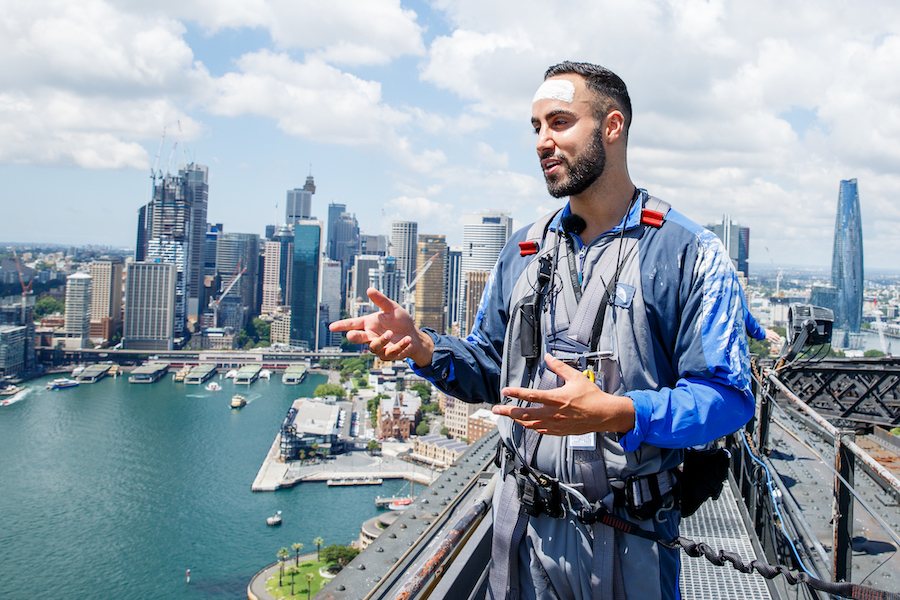

4. Embrace a Holistic Approach to Sustainability
“Be the change that you want to see.” This should be rule number one for any forward-thinking event planner. And nowhere is this more important than in the area of sustainability.
Both your destination and your venue selection can play a major role here. Have they made net-zero commitments? What steps are they taking to lower their carbon footprint on an infrastructure level? Can they help you embrace a truly holistic approach to sustainability by supporting the local community in tandem with hitting emission targets?
As a starting point, the Global Destination Sustainability Index (GDS-Index) can make it easier for climate-conscious changemakers to identify the best destinations with its independent assessment of sustainability credentials. Once you’ve narrowed the search down further, consider asking your destination partners about what programs they have in place to help you reach your ESG (environmental, social, and governance) goals.
Sydney, for example, has consistently ranked within the top 30 of the GDS-Index. In keeping with the city’s wider commitment to holistic sustainability, BESydney purchases 100 percent of its offsets through the Aboriginal Carbon Foundation Company for The Karlantijpa North Savanna Burning Project. As its name suggests, this program combines environmental initiatives with benefits for First Nations communities, including training, income, and cultural sustainability.
Similarly, ICC Sydney has an entire Legacy Program to help planners reach their ESG goals. As a small example of this program’s impact, ICC Sydney can provide your event with edible table centerpieces that will later be transformed into nutritious meals for donation — just as any excess food will automatically be redirected to meal programs.
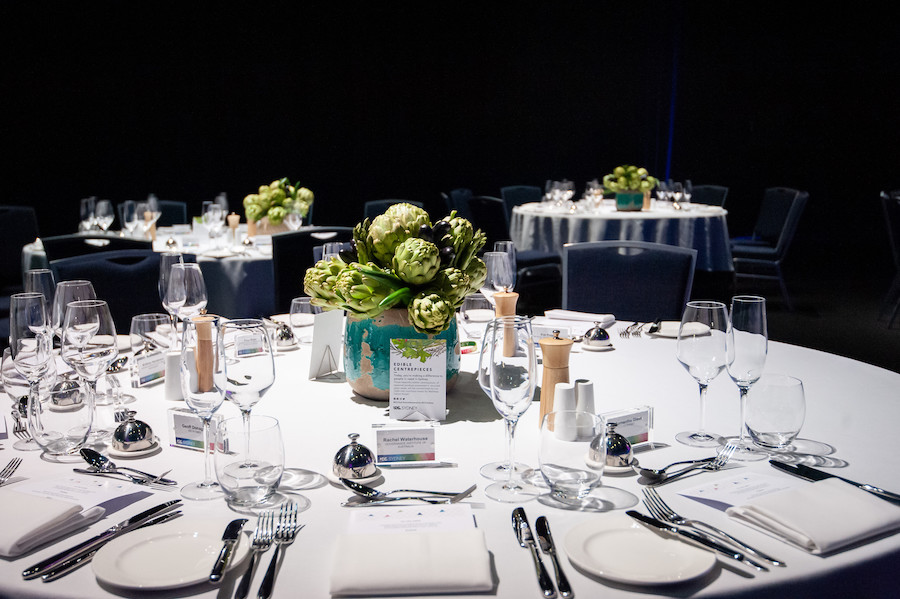

Changemakers: It Starts With You
To learn more about innovative solutions to sustainability and a host of other ways to leave a lasting event legacy, download the full report: Calling All Changemakers: Create Positive Impact With Your Event.
This content was created collaboratively by BESydney and Skift’s branded content studio, SkiftX.
Photo credit: Image credit: Destination NSW

